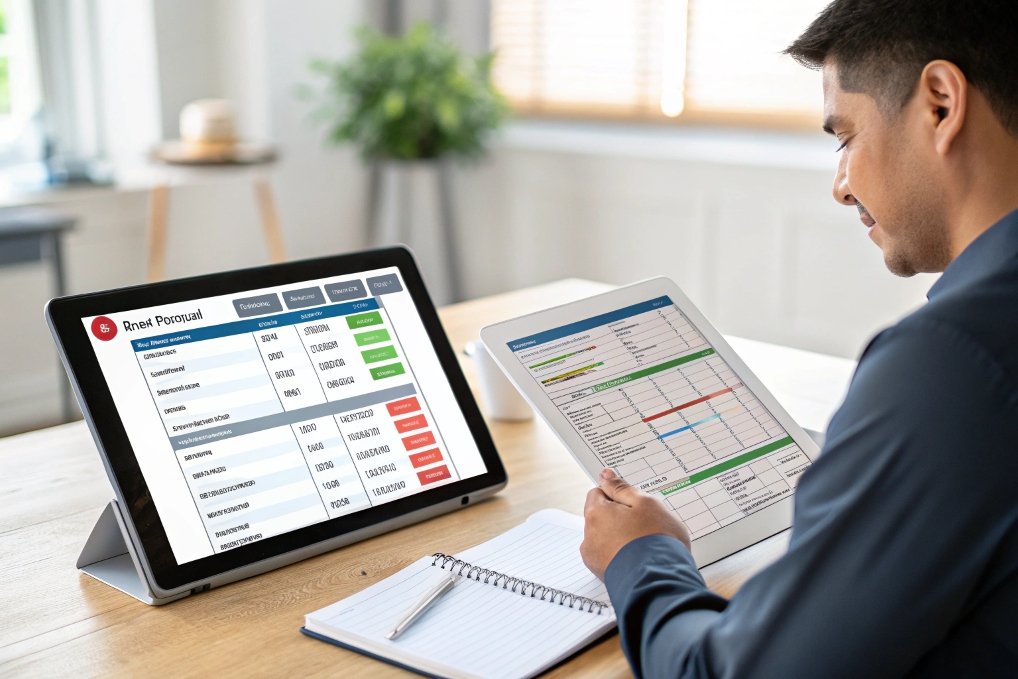
When I started handling custom parts orders1, I quickly realized that managing them effectively was the key to maintaining smooth operations. At first, things like tracking, communication, and ensuring deadlines were met seemed overwhelming. But over time, I learned that implementing the right practices and tools made a huge difference. It’s not just about placing orders—it’s about managing every detail efficiently, from communication with suppliers to delivery logistics.
Managing customized parts orders efficiently is crucial for minimizing delays, controlling costs, and ensuring product quality. By optimizing your order management process, you can reduce risks, maintain strong supplier relationships2, and improve customer satisfaction.
In this article, we will discuss the best practices for managing customized parts orders, how to optimize your order management process, and why regular monitoring is essential for successful fulfillment.
How Can You Optimize Your Order Management Process for Custom Parts?

Optimizing the order management process3 for custom parts requires careful planning, clear communication, and the right tools. Streamlining each step of the process—from initial inquiry to delivery—helps minimize errors, avoid delays, and improve efficiency.
Key Steps to Optimize Your Order Management
| Step | How It Improves the Process |
|---|---|
| Clear Specifications | Providing detailed, clear specifications ensures that both you and your supplier are on the same page, reducing misunderstandings. |
| Use of Technology | Implementing an order management system (OMS) allows for better tracking, inventory management, and communication. |
| Accurate Forecasting | Having accurate forecasts helps suppliers plan production schedules, reducing the risk of delays or overproduction. |
| Regular Supplier Check-ins | Regular communication ensures that any potential issues are caught early, keeping the process on track. |
| Effective Documentation | Keeping detailed records of orders, approvals, and communications ensures that any discrepancies can be easily resolved. |
Streamlining Communication and Documentation
Using a good order management system allows for real-time updates and better communication between you and your suppliers. Additionally, having clear documentation—such as order confirmations, drawings, and specifications—reduces the likelihood of mistakes during production.
What Are the Key Considerations When Placing Orders for Custom Parts?

When placing orders for custom parts, several critical factors need to be considered to ensure a smooth process. From defining exact specifications to setting realistic timelines, paying attention to these details helps avoid costly mistakes and delays.
Key Considerations When Placing Orders for Custom Parts
| Consideration | Why It’s Important |
|---|---|
| Part Specifications | Clearly defining material types, dimensions, and tolerances ensures the parts meet your exact requirements. |
| Supplier Capabilities | Ensuring the supplier has the capacity, machinery, and expertise to produce your custom parts to the required standards. |
| Lead Time | Setting realistic delivery expectations based on production schedules and shipping times. |
| Quantity and Batch Sizes | Deciding on the optimal order size to balance cost-effectiveness with your needs. |
| Pricing and Payment Terms | Negotiating prices that align with your budget and favorable payment terms to maintain cash flow. |
Setting Clear Expectations
When you provide all necessary specifications upfront and work with your supplier to finalize details, you create a shared understanding of what needs to be done. This clarity minimizes errors and avoids back-and-forth, ultimately saving time and resources.
Why Should You Monitor Your Orders Regularly to Ensure Smooth Fulfillment?

Regular monitoring of your custom parts orders is critical to ensure smooth fulfillment and avoid costly delays. Even with the best planning, unforeseen issues can arise, and keeping a close eye on your orders allows you to identify and address potential problems early.
Benefits of Regular Order Monitoring
| Benefit | How It Improves the Process |
|---|---|
| Early Issue Detection | Monitoring orders regularly allows you to identify potential problems (e.g., production delays or quality issues) before they escalate. |
| Improved Supplier Communication | Frequent check-ins with your supplier help maintain open lines of communication, ensuring you’re both on the same page. |
| Increased Transparency | Keeping track of order progress helps ensure that both you and the supplier are aligned on deadlines and expectations. |
| Better Resource Management | Regular updates allow you to manage your inventory and production schedules more effectively. |
| Quality Assurance | Regular monitoring ensures that quality control processes are being followed and that the parts are up to standard. |
Proactive Monitoring for Smooth Fulfillment
Rather than waiting for an issue to arise, actively checking in on your orders, tracking their progress, and ensuring they are on schedule can prevent many problems. This proactive approach helps maintain the flow of your business and ensures customer satisfaction.
Conclusion
Managing customized parts orders effectively is essential for ensuring smooth operations and meeting deadlines. By optimizing your order management process, considering key factors when placing orders, and regularly monitoring your orders, you can prevent delays and improve overall efficiency. With careful planning and regular communication with your suppliers, you can streamline the process, minimize risks, and keep your business running smoothly.
This link will guide you through essential strategies for managing custom parts orders efficiently. ↩
Understanding how to maintain supplier relationships is crucial for successful order management and fulfillment. ↩
Exploring this resource will provide you with insights on how to enhance your order management process effectively. ↩

